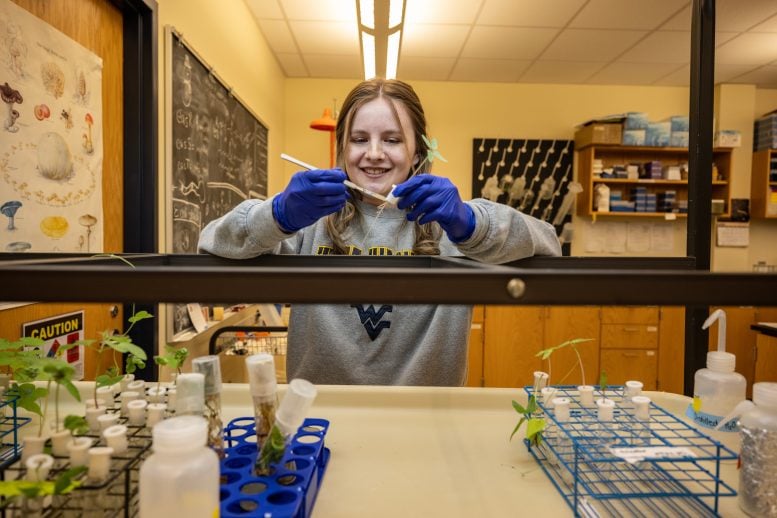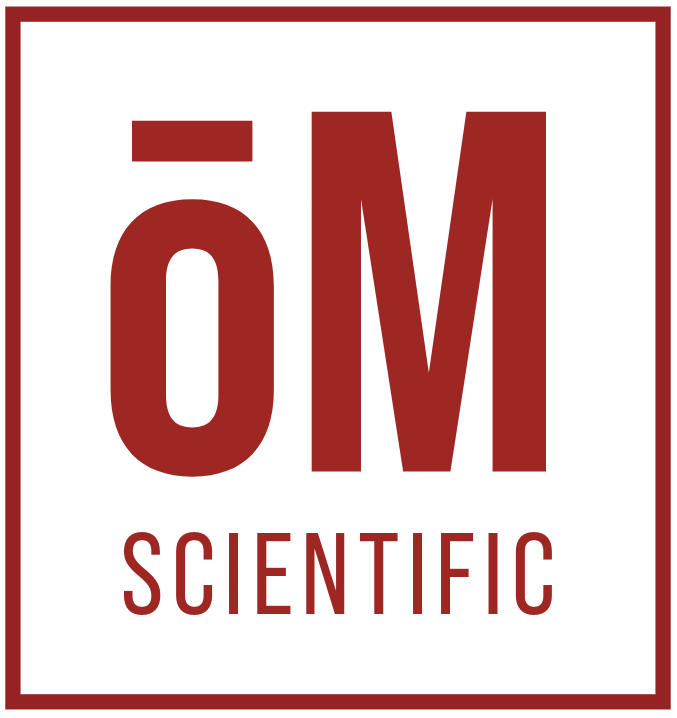Long-Lost Fungal Mystery Solved by Undergraduate Researcher
For nearly a century, scientists have speculated about the source of psychedelic compounds found in morning glory seeds, compounds strikingly similar to LSD. Albert Hofmann, the Swiss chemist who first synthesised LSD, believed a hidden fungus might be responsible, but the organism itself remained elusive.

That is, until now. Corinne Hazel, an undergraduate researcher at West Virginia University, has identified the long-mysterious fungus: Periglandula clandestina. Found living symbiotically on morning glory seeds, this newly described species produces ergot alkaloids, the same family of compounds that gave rise to LSD. Hazel’s discovery finally confirms Hofmann’s 20th-century hunch and marks a major step in understanding the fungal–plant chemistry behind these potent substances.
Beyond the historical significance of this find, it has real-world implications: P. clandestina could serve as a more reliable source of ergot alkaloids, which are used in everything from migraine medication to Parkinson’s treatment.
You can read the full story via West Virginia University here: WVU student discovers mystery fungus sought by LSD’s inventor
